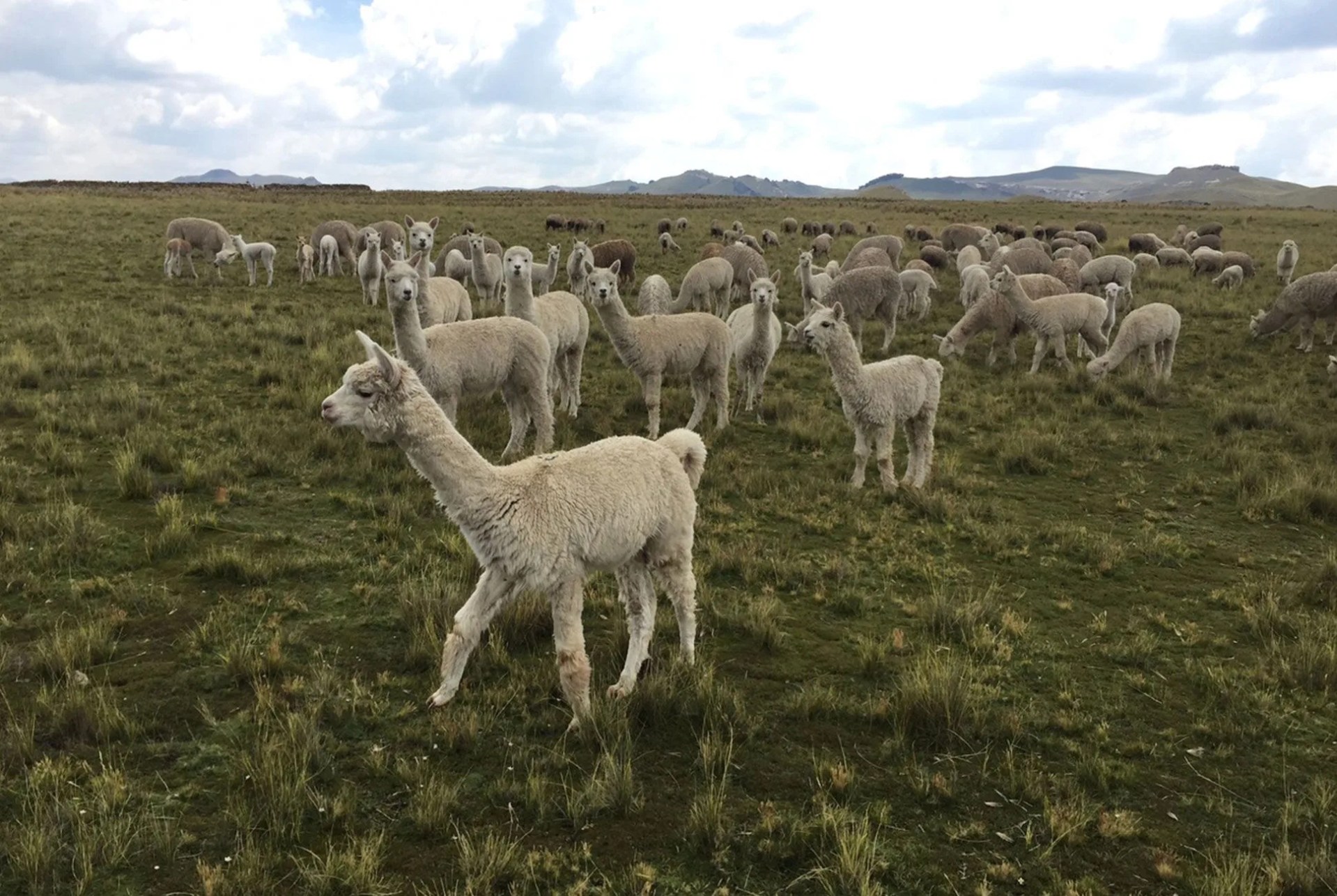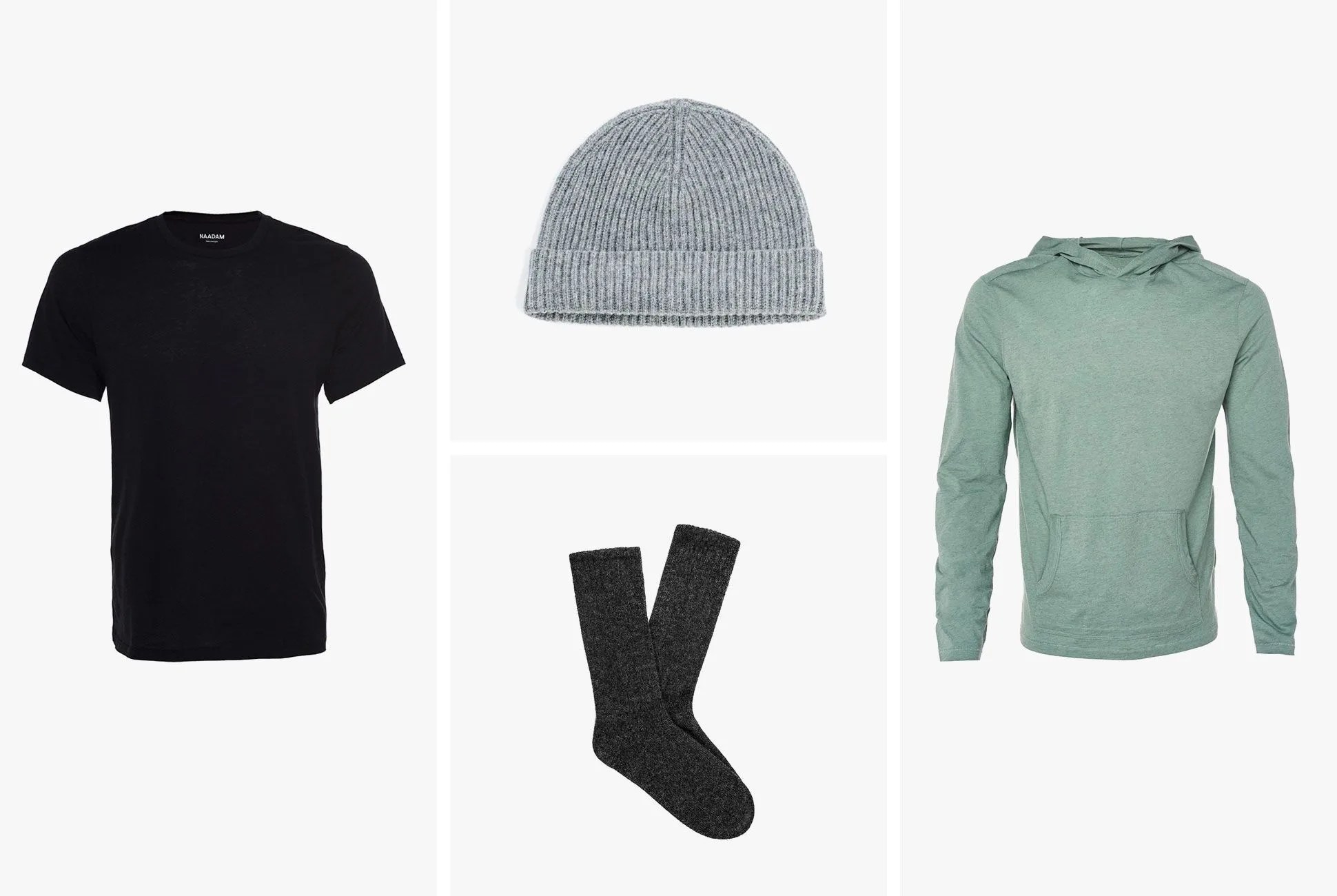“We think the main issue in retail as a whole is that most relationships and agreements are not equitable,” says Matt Scanlan, co-founder of knitwear brand Naadam. “Someone’s getting crammed down on.” According to Scanlan, unfair relationships within supply chains negatively affect the quality of product while inversely raising its price. It’s a complex problem perpetuated across many industries, but the gist is this: If producers of raw goods are taken advantage of, they won’t be incentivized to make a better product; if a supply chain has unnecessary middlemen, the final price of the goods will increase to reflect that. Scanlan’s original goal with Naadam was to simplify an archaic cashmere supply chain, in turn producing a quality, affordable garment.
Scanlan traveled to Mongolia to build Naadam’s supply chain from scratch. “There’s not a playbook called Here’s How You Build a Supply Chain,” he says. There was a steep learning curve, often complicated by the historical precedent of an overly complicated chain inundated with middlemen. “When we were confronted with that, we were like, ‘Well, if that’s how it’s supposed to be, then something must be wrong with it.’”
Historically, when middlemen source fiber from herders, the process becomes more convoluted. “You lose the real value, you lose the transparency and you lose the connection to the people,” he says. “And, there’s a lot of money soaked up in the process.” When starting Naadam, Scanlan decided to buy directly from herders. Along with more money, he offered herders access to veterinary programs to better care for their goats. The upshot was that Scanlan was able to build a line of sustainable cashmere garments that retail for substantially less than the competition. Naadam’s 100 percent cashmere hoodie, for example, retails for less than $300.

Hoping to replicate Naadamn’s success with cashmere in Mongolia, Scanlan is actively developing an alpaca and vicuña supply chain in Peru. Alpaca fleece is durable, soft and warm. It’s hypoallergenic and has been touted by many brands for its sustainable qualities, but the supply chains in Peru are quite feudal, according to Scanlan. “We’ve seen the same economic inequality taking place,” he says. “400 years ago the conquistadors came; they raped and pillaged the entire country, destroying everything. And that mindset has persisted until today: screw everyone around you and get what you can.”
Much of the alpaca industry is controlled by two main companies, Mitchell and Inca Tops, who work with middlemen to source fiber. “[The companies] allow these systems in the middle to exist which only serve to marginalize the communities, and create a disparity between the very wealthy and the very poor,” Scanlan says. “The big guys are thriving off of not destabilizing the market.”
To build a supply chain in Peru, Scanlan has focused on a grassroots approach. He is collaborating with people already immersed in the community, such as non-profit workers and veterinarians. Though logistics like transportation are starkly different in Peru than in Mongolia, perhaps the biggest wild card is the possibility of violence when the supply chain is disrupted. “The middlemen are traders called the Juliaca Mafia,” Scanlan says. “They cut people’s heads off and put them on sticks. We’ve got to be careful not to piss those guys off.”
